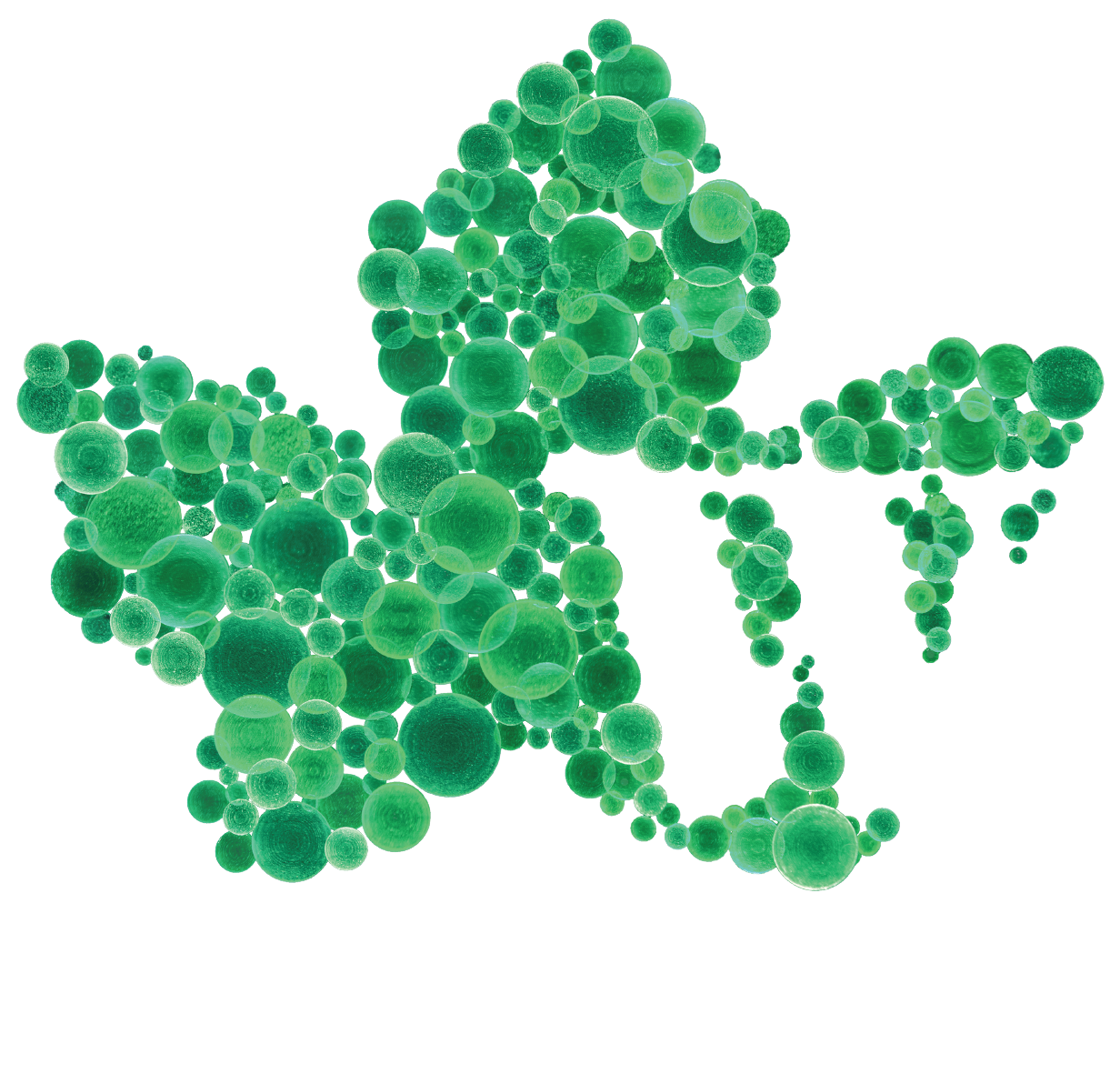LEGEND
G = Graduate | U = Undergraduate | D = Doctoral
WEGE PRIZE 2025 WINNERS
1ST PLACE
Solution Overview
By integrating mealworm farming with maize flour production, we create protein-enriched flour that addresses malnutrition in Njombe and Tanzania at large, benefiting communities with high rates of child undernutrition. Leveraging mealworm farming efficiency, protein-enriched maize flour is produced at a cost of 20-30% lower than other proteins sources, providing an affordable alternative for low-income households. This approach also repurposes agricultural waste from mealworm farm into compost, promoting better nutrition, sustainable farming practices and environmental stewardship.
2ND PLACE
Solution Overview
By creating plant-based alternatives to fossil-fuel plastics, our approach tackles both the plastic pollution crisis and the environmental burden of unmanaged organic waste. Rethread Africa addresses these challenges by transforming post-harvest agricultural and organic waste into fully biodegradable bioplastics through green chemistry and microbial fermentation. Using locally sourced microbes and solvent-free processes powered by renewable energy, we upcycle waste materials like sugarcane bagasse and potato peels into bioplastic resin that naturally decomposes in soil and aquatic environments. This plant-based plastic alternative eliminates reliance on petroleum-based materials while valorizing waste that would otherwise pollute land and air.
3RD PLACE
Solution Overview
Envirovex addresses antibiotic pollution by proposing a bio-based solution via antibiotic waste-to-value conversion. This proposal provides an alternative to the traditional linear model of antibiotic production - consumption - dispose/discharge to the environment, and makes full use of the antibiotic waste compounds to generate high value byproducts through a sustainable bio-based solution. Our proposal identifies the neglected challenge of antibiotic pollution and its contribution to antimicrobial resistance, highlights the key stakeholders involved, proposes a solution with a viable business model to tackle the sources of antibiotic release from agriculture, pharmaceutical, manufacturing and wastewater discharge, and assesses its impact and potential barriers.








